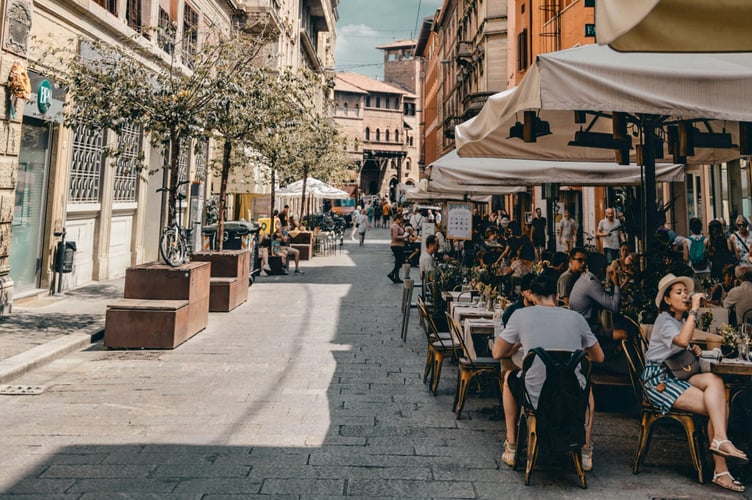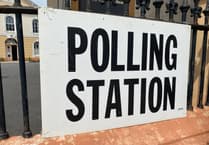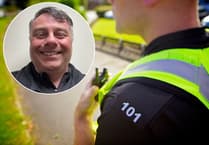All vehicles produce particulate matter (PM) from friction on brakes, tyres and road surfaces and even moving parts in the engine or motor, leaving a dusty trail of pollution in the air and on the ground.
EVs eliminate exhaust emissions of nitrous oxides, carbon monoxide, CO2 and benzene, greatly improving air quality. They also produce less particulates due to fewer moving parts in their electric motor, and regenerative braking that reduces brake wear, but they do not eliminate particulates.
Car tyres produce particles smaller than 2.5 micrometres (PM2.5) containing plastics and other chemicals that are harmful to health. These ultrafine particles are carried around the body in the bloodstream and activate the immune system raising blood pressure, causing inflammation and disease. Air pollution is known as the ‘silent killer’ because the disease it causes is often not ascribed to air pollution.
Using a car is essential in rural areas, but we should aim to reduce car use where we can and drive smaller, lighter cars that pollute less. Bigger cars and SUVs are worsening emissions. Trucks and motorcycles are responsible for a high share of road pollution, so need to be the focus of electric or low emission technology.
To make a real difference, we need to reduce the volume of traffic, especially where it has the greatest impact on people, in high streets, residential streets, outside schools and hospitals. While creating green spaces in built-up areas is a welcome way to lower air pollution.
Far too many people live alongside busy polluting roads, the toll on their health is unacceptably high. Sensible restrictions on through-traffic in residential areas have been demonstrated to significantly improve health for residents.
Studies demonstrate that cutting levels of particulates reduces asthma in children, improves lung function, lowers blood pressure, reduces respiratory and cardiovascular hospital admissions, and decreases dementia and cognitive decline.
Deterring polluting vehicles from city and town centres is by far the quickest, most cost-effective way to cut air pollution, which is at illegal levels in most urban areas. Traffic can be reduced in critical areas by limiting access for certain vehicles, reducing roads to one lane, adding cycle lanes and making pavements wider.
However, the concern is that traffic is diverted to other roads. These measures need to be accompanied by initiatives to make walking, cycling and public transport more attractive. Investing in modern, electric and low-emission public transport should be a priority for government spending.
The Government has extended its funding of the £2 cap on bus fares across Devon to December 2024. But rail fares have increased above the cost of motoring and are among the most expensive in Europe.
New housing developments should be planned to be close to amenities, reducing the need to drive. For existing localities, keeping our local hospitals, medical centres, pharmacies, shops, schools, and bus and train services ensures that most people can live within a short distance of essential amenities.
This highlights the role of well-funded councils that can invest in local services. And as individuals, we can support our local and independent shops, cafes and services. Better traffic management can make our town centres more pleasant, cleaner and less stressful. Pavement cafes and seating areas encourage people to visit the high street rather than shopping online. Evidence suggests that in most cases less traffic means higher footfall for shops and businesses.
Many European towns and cities are so pleasant not just because of the sunshine, but because they have been more ambitious in reducing traffic. Other countries benefit from modern urban transit systems, high-speed electric rail networks, extensive cycle lanes, and town centres with traffic-free squares and boulevards. Shifting the focus from cars to people can greatly improve quality of life.

.jpg?width=209&height=140&crop=209:145,smart&quality=75)



Comments
This article has no comments yet. Be the first to leave a comment.